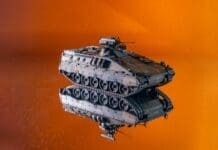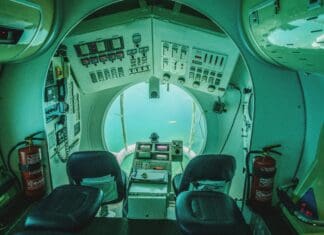This post is also available in:
 עברית (Hebrew)
עברית (Hebrew)
Researchers at the Massachusetts Institute of Technology (MIT) and the University of Notre Dame have developed a robot designed to navigate disaster sites and assist emergency responders in locating survivors trapped under rubble. Known as Sprout, the robot is a flexible and soft “vine robot” that can weave through debris, offering a significant advantage over traditional search and rescue technologies.
In the aftermath of natural disasters, time is critical in saving lives, and search operations are both physically demanding and mentally taxing for first responders. Sprout was created to help address these challenges by providing an agile and efficient solution to navigate tight spaces and rubble-filled environments that other technologies struggle to access.
According to MIT News, Sprout is equipped with an inflatable tube made from airtight fabric that can unfurl from a fixed base. As it inflates, it is controlled by a motor that allows it to maneuver through narrow spaces and around obstacles, offering mobility in areas where traditional robots or human rescuers cannot reach. Mounted on the tube are cameras and sensors that enable Sprout to map its surroundings, providing real-time data to an operator on the outside. Using a joystick interface, responders can direct the robot to explore collapsed structures and identify potential routes to locate survivors.
The robot has already been tested in field scenarios by emergency responders at the Massachusetts Task Force 1 training site. These tests revealed areas for improvement in Sprout’s durability and portability, and researchers are working to enhance its capabilities, such as increasing its deployment range and optimizing its navigation in more complex environments.
With a current deployment capacity of up to 3 meters, Sprout holds promise for future applications beyond search and rescue, including maintenance of military systems and critical infrastructure in hard-to-reach areas. MIT envisions that, in time, Sprout will not only map spaces but also identify hazards and assess operational safety through debris, revolutionizing how responders approach disaster recovery.


























